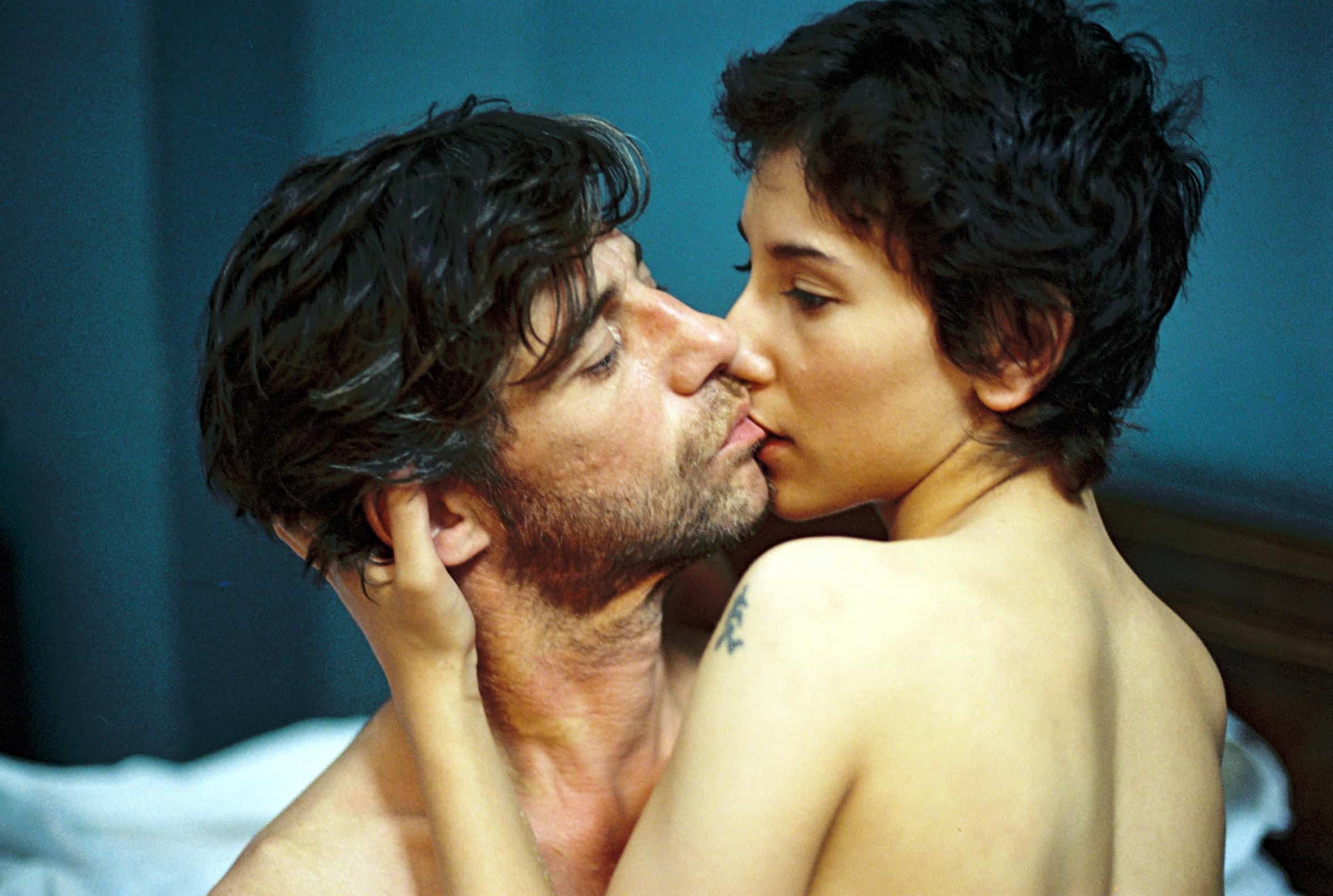
Head-On
2004
Rate this movie
Average: 0.00 / 5
(0 votes)
Director
Fatih Akin’s film is decidedly intriguing; it transports us to a dimension where familial cohesion is guaranteed by an unwritten code of cultural and religious norms, yet tremendously effective in uniting a minority settled in a country totally divorced from their own customs and traditions. It is a profound and unfiltered investigation into the existential condition of the so-called second generation of “Gastarbeiter”, those Turkish workers who emigrated to Germany starting in the 1960s, and whose offspring find themselves navigating a sea of hybrid identities, suspended between the ancestral call of their roots and the (often illusory) promise of Western modernity. Akin, himself the son of Turkish immigrants, does not merely portray this dichotomy; he embodies it in the very flesh of his characters, transforming the film into an almost anthropological exploration of discomfort and resilience.
The story is set within the Turkish community in Germany, and it recounts the tale of a young man, Cahit, who, after various adversities, attempts suicide. His is a silent despair, that of someone who feels "against the wall" (as the original title, Gegen die Wand, suggests), trapped in a nihilism that the host society, despite its promises of freedom, cannot appease. Having overcome this phase, or perhaps simply put it on hold, the young man meets the emancipated Sibel, a combative young woman determined to free herself from the misogynistic and patriarchal authority of the men in her family. Sibel is not merely rebellious; she is a force of nature, a hurricane of vitality and desire for self-determination that clashes head-on with the suffocating conventions imposed by a culture of belonging which she perceives as a prison. Her quest for freedom is almost a Dionysian act, a break from every form of Apollonian tradition.
To do so, she arranges a marriage of convenience with Cahit, certified by a secret pact between the two parties. The agreement is a paradoxical attempt by both to find a glimmer of autonomy: Sibel to escape her family, Cahit to give some sense, however fictitious, to his unmoored existence. But the young man soon genuinely falls in love with his bride, to the point of risking the ruin of their agreement. This unexpected and overwhelming love is not idyllic; instead, it is raw, dysfunctional, steeped in violence and tenderness, a mirror reflection of their tormented souls. It is a love that burns through every convention, transcending the initial pretense to transform into a visceral, almost fatal bond, leading them to confront their deepest fears and the extreme consequences of their choices. Akin never romanticizes this relationship; he exposes it in its brutality and disarming sincerity, elevating it to a symbol of a search for authenticity that challenges every social norm.
The splendid use of the camera clearly intends to document the troubled phases of the emotional entanglement and to follow its evolution through a refined filming technique based primarily on chromatic refraction, an almost documentary-like grain, and obsessive close-ups of the protagonists. The choice to use such a prominent grain is not random: it imbues the film with a tactile visceralness, a sense of urgency and immediacy that plunges the viewer directly into the heart of the drama. The close-ups, often so tight as to become almost invasive, delve into the souls of Cahit and Sibel, revealing every nuance of pain, desire, and resignation. They are not mere shots, but rather microscopies of the soul, allowing one to grasp the internal struggle, hesitations, and explosions of passion. The camera, often handheld, contributes to this sense of raw realism, as if it were a furtive witness to lives on the edge, avoiding all artifice to focus on the naked emotional truth.
The soundtrack is fascinating, featuring original tracks ranging from Sister of Mercy to Depeche Mode to traditional Turkish music. This sonic blend is not a mere stylistic exercise, but a true acoustic palimpsest that reflects the fragmented identity of the protagonists. The darkwave unease of Sister of Mercy and the electronic melancholy of Depeche Mode accompany Cahit and Sibel's existential drifts in the pulsating heart of Berlin nights, while the vibrant Turkish melodies, often performed live on stage at a Hamburg club, serve as a reminder of their inescapable origin. It is a constant dialogue between cultures, a conflict and a fusion that also manifest through the notes, creating a soundscape that is itself a character, a Greek chorus commenting on and amplifying the narrative tensions, highlighting the intersection between tradition and modernity, between rootedness and displacement.
A scene we particularly love is when Sibel prepares stuffed peppers with aromatic meat following an ancient grandmother's recipe; the director lingers on the details of preparing the stuffing, filling the peppers, pouring the hot sauce, while Sibel dances around the stove like a darting elf, meanwhile a riot of colors and flavors suddenly invades our palate, as the ethereal Sibel winks mischievously and finishes preparing dinner. This sequence is an epiphany of life, a moment of pure and sensual affirmation of being in a context of chaos. Despite her desire to escape cultural chains, Sibel, through this culinary ritual, unconsciously celebrates the richness of her heritage. It is an act of rootedness and pleasure, an oasis of sensory authenticity in a desert of conventional relationships. The kitchen becomes a laboratory of identity, a place where tradition is not a burden but a source of vital joy, a demonstration that freedom can also be found in accepting and reinterpreting one's roots. Her dance, her mischief, the sensory invasion that Akin masterfully constructs, make this scene a hymn to the resilience of the human spirit and the power of cultural heritage, transforming a simple domestic gesture into an act of profound beauty and meaning. The film thus establishes itself not only as a sharp portrait of the Turkish-German community but as a universal parable about the search for one's place in the world, about love as a last, desperate anchor of salvation, and about the violence, be it physical or emotional, that often accompanies the journey towards authenticity.
Gallery





Featured Videos
Official Trailer
Comments
Loading comments...